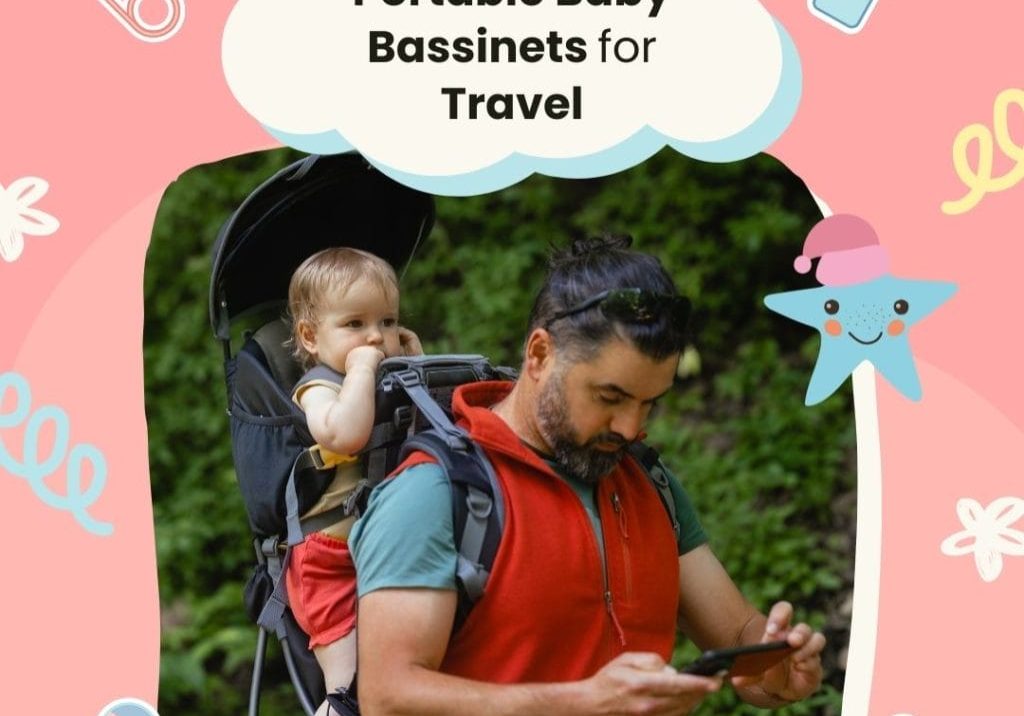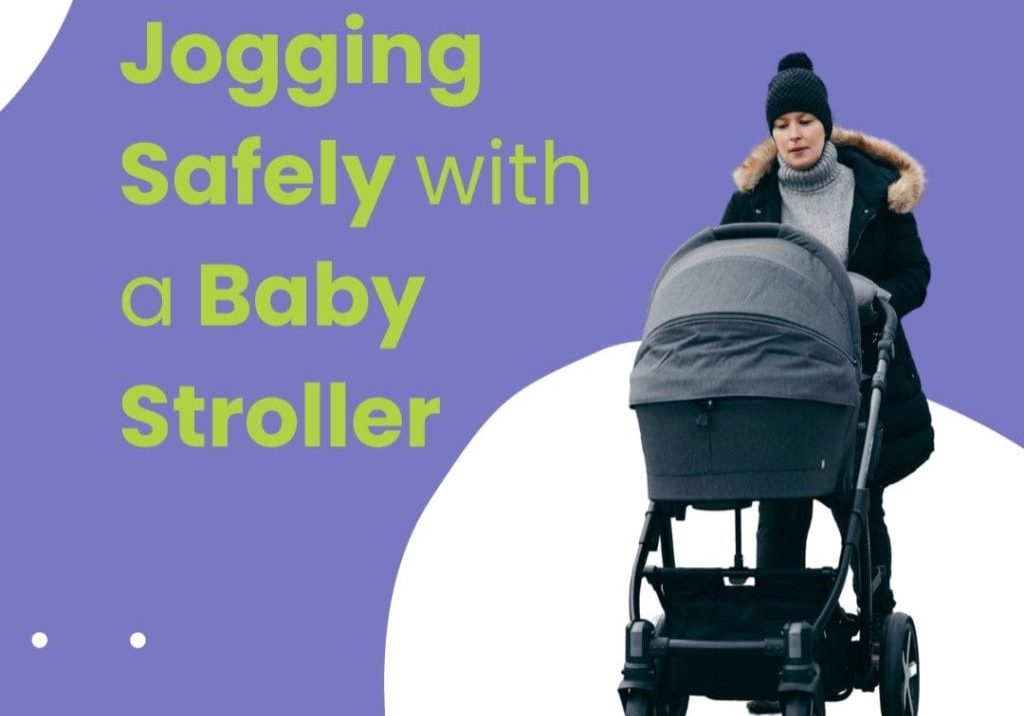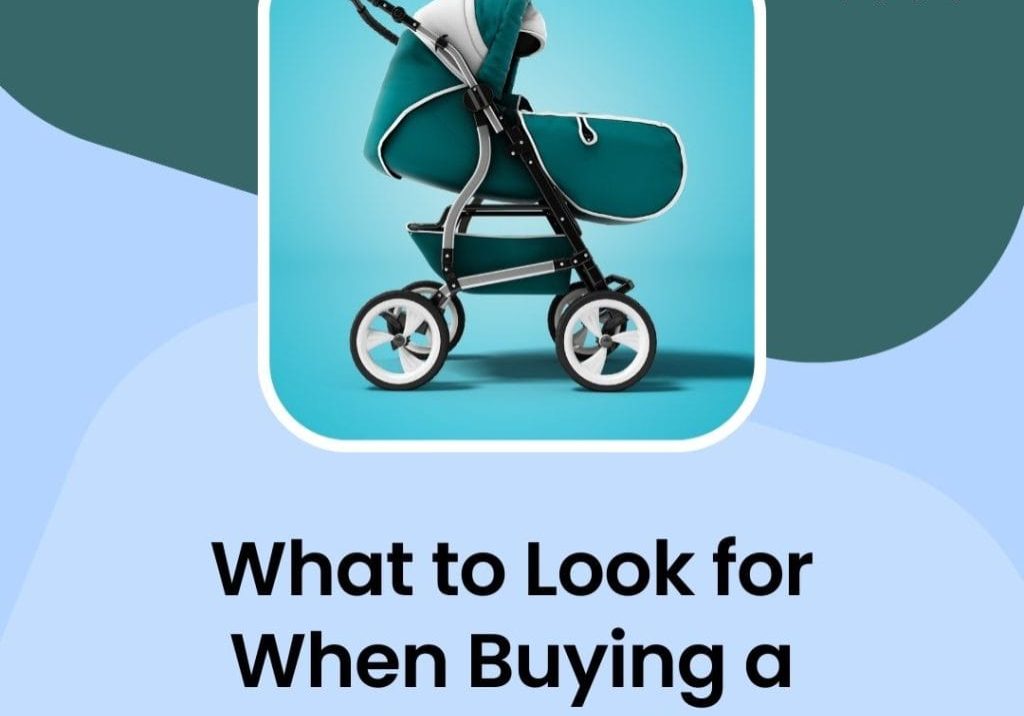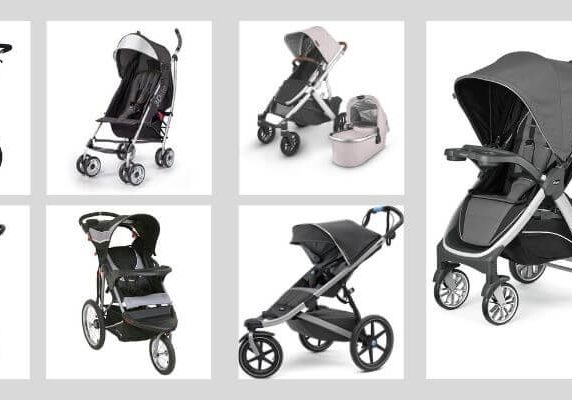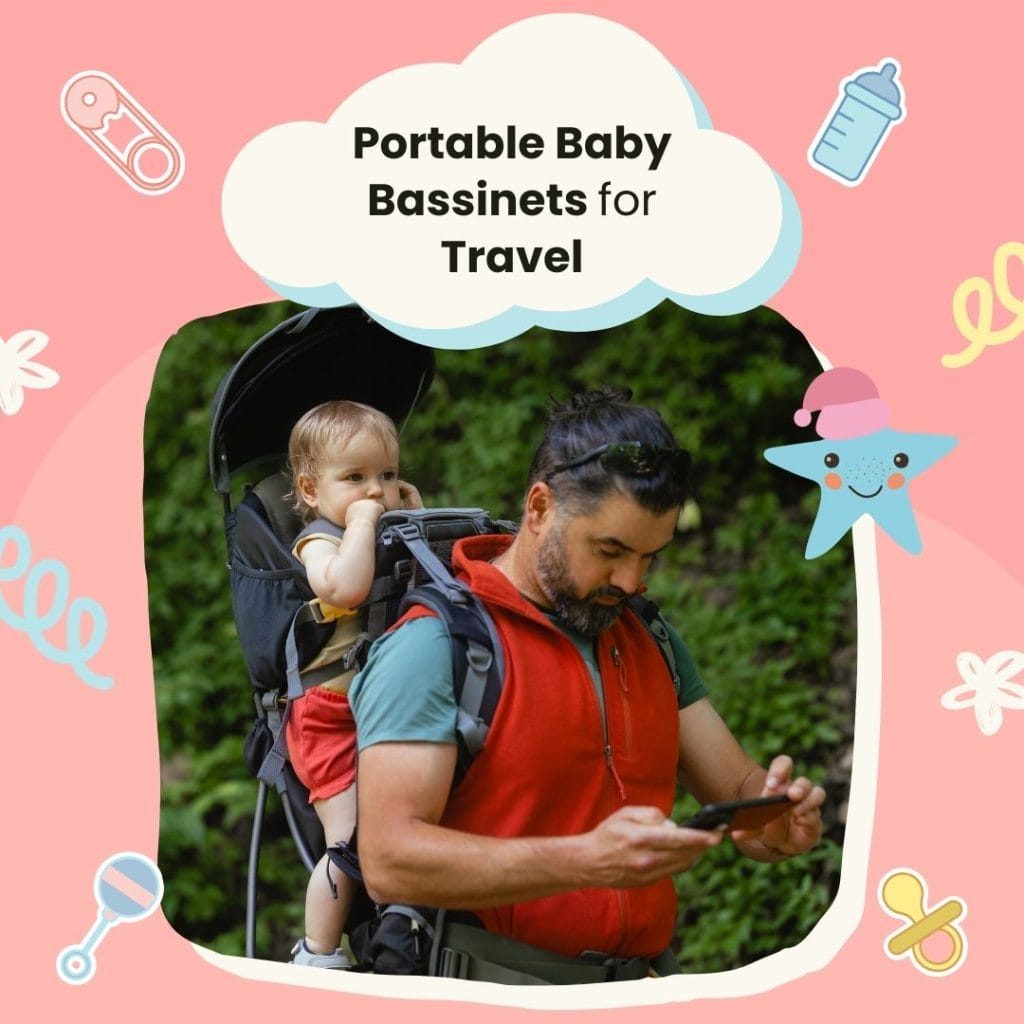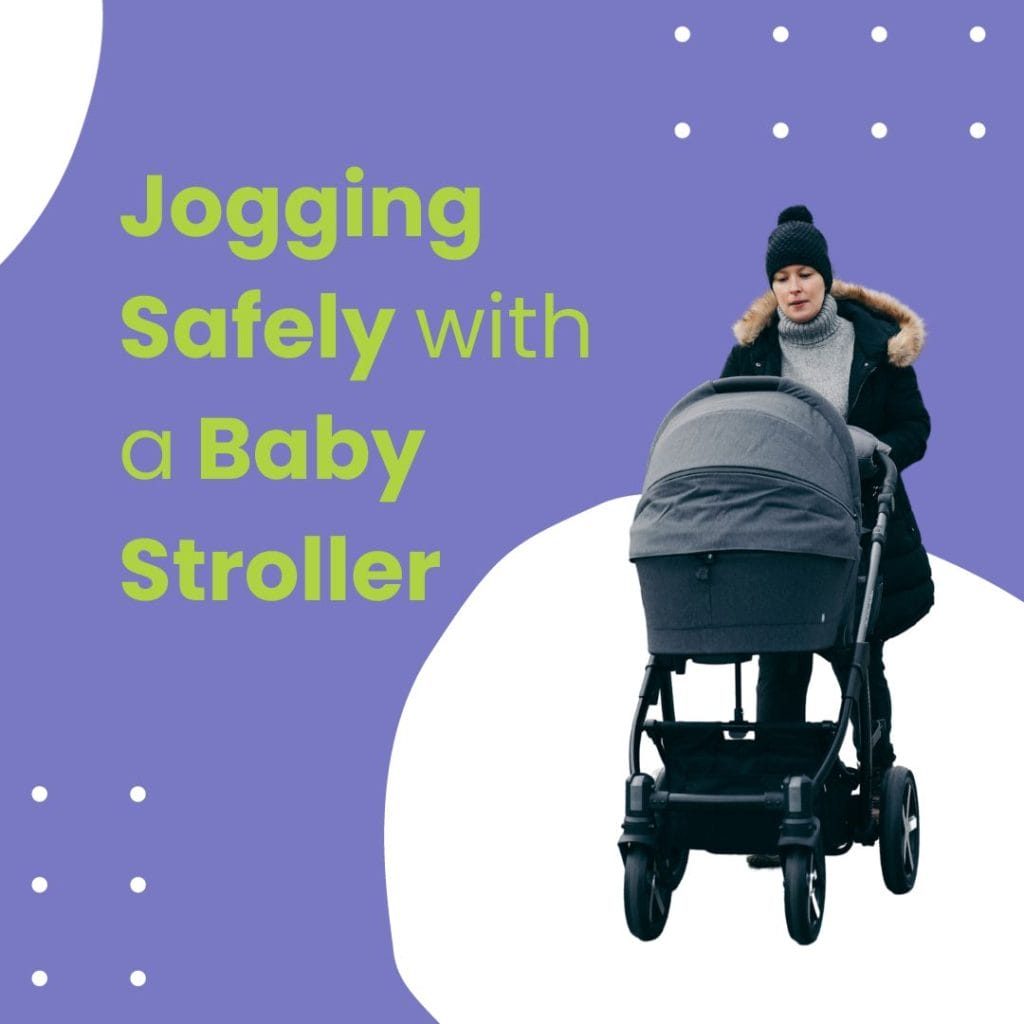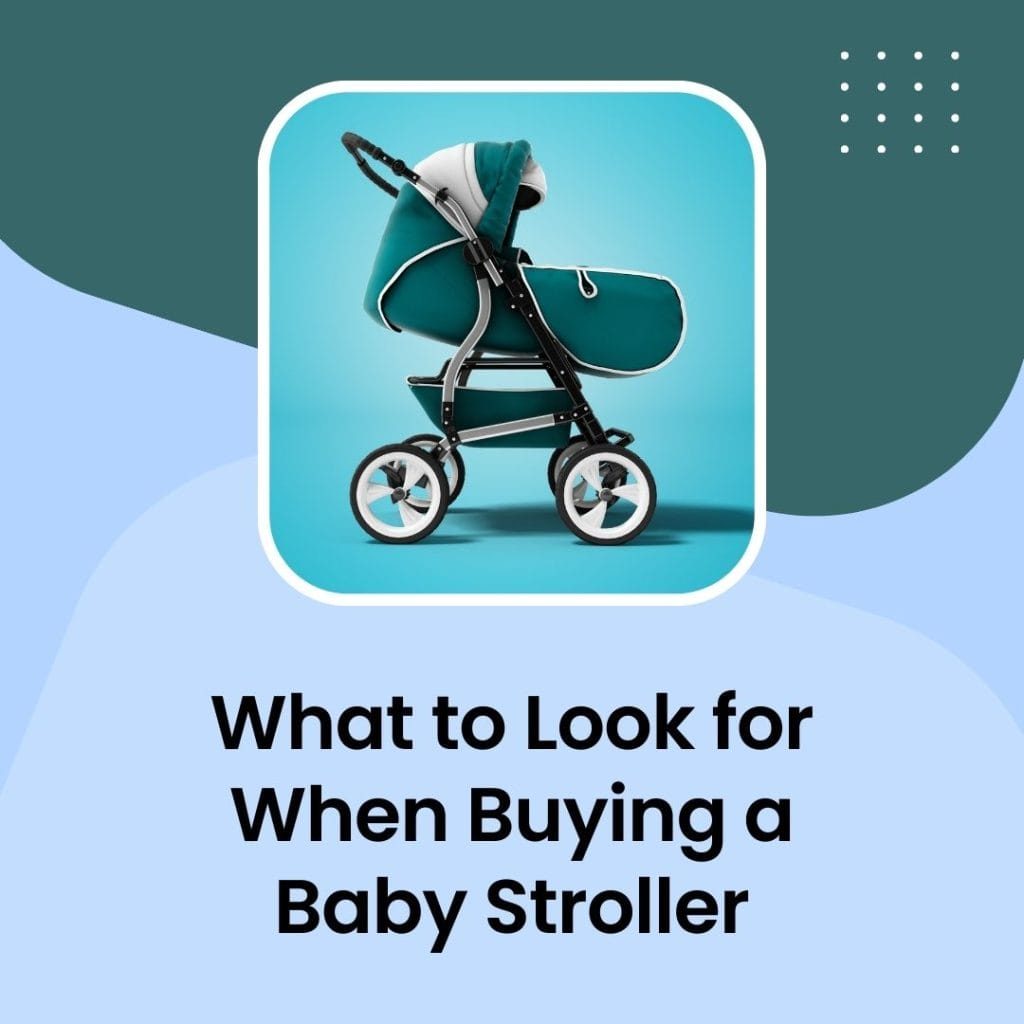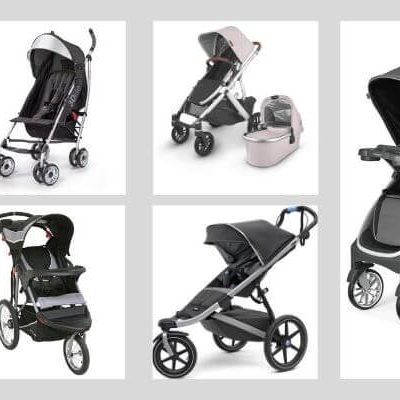As parents, ensuring the safety, comfort, and happiness of our children is our top priority, especially when it comes to traveling or simply taking a stroll in the park. But with an overwhelming array of products on the market, how do you make the right choice for your family?
Whether you’re looking for the latest in baby carrier ergonomics or the sturdiest jogging stroller for your morning runs, we’ve got you covered. We will guide you through the various types of baby mobility gear, discuss what features matter most, and provide you with safety tips and best practices for on-the-go parenting.
Understanding Baby Mobility Needs: Age, Destination, and Family Activity
When it comes to baby mobility, understanding the evolving needs of your child as they grow, the various destinations you might travel to, and the activities your family enjoys are crucial in making informed decisions. This article will guide you through these considerations and highlight the role of strollers, carriers, and other travel essentials in facilitating baby mobility.
How Baby Mobility Varies by Age
Infants (0-12 months):
During the first year, infants gradually transition from needing complete support to sitting up and exploring their surroundings. Mobility solutions at this stage should focus on support and protection. Look for carriers that offer appropriate head and neck support, and strollers with fully reclining seats to accommodate nap times.
Toddlers (1-3 years):
As babies grow into toddlers, their desire to explore increases. They may start walking and will likely enjoy more interactive trips. Lightweight and easily maneuverable strollers, as well as back-carrying options in carriers, are ideal for this age to encourage exploration and rest when needed.
Preschool and Beyond (3+ years):
Older children might prefer walking but still tire easily on long outings. Consider stroller boards, lightweight umbrella strollers, or even harnesses for safe and quick mobility.
Varying Destinations and Family Activities
Urban Environments:
City living might mean navigating crowded sidewalks and public transport. A slim, agile stroller or a durable baby carrier can make urban outings more manageable.
Outdoor Adventures:
If your family enjoys hikes or beach trips, consider all-terrain strollers with durable wheels or a baby carrier that distributes weight evenly for comfort during long walks.
Travel:
For families on the go, travel strollers that fold compactly and fit in overhead compartments, or carriers that allow for hands-free navigation through airports, are invaluable.
Everyday Errands:
Sometimes, the simplest designs are best for quick trips to the store or park. A sturdy yet simple stroller or an easy-to-wear carrier might be all you need.
The Role of Strollers, Carriers, and Travel Essentials in Facilitating Baby Mobility
Strollers:
They are the quintessential mobility tool, offering a safe and comfortable spot for your baby to rest while you walk. Features to consider include recline positions, storage space, canopy size, and weight.
Carriers:
Baby carriers keep your child close, promoting bonding and allowing for hands-free movement. They come in various styles including wraps, slings, and structured carriers, each with unique benefits.
Travel Essentials:
Diaper bags, portable bassinets, and car seat carriers are part of the larger mobility picture. They ensure that you have everything your baby needs, making mobility smoother and more enjoyable.
Types of Baby Carriers: A Guide to Comfortable and Safe Babywearing
Baby carriers are an essential tool for modern parenting, allowing caregivers to keep their little ones close while going about daily tasks. Understanding the different types of carriers and the key features to consider can help you choose the right one for your family’s needs. Here’s a breakdown of the various types of baby carriers and what to look for when making your selection.
Overview of Different Types of Carriers
1. Wraps:
- Description: Wraps are long pieces of fabric that you tie around your body to create a carrier. They are versatile and can be adjusted to different carrying positions.
- Best For: Newborns and small babies due to the snug fit and support they provide.
2. Slings:
- Description: Slings are typically made of a loop of fabric that goes over one shoulder and forms a pouch to hold the baby. They come in two main types: ring slings and pouch slings.
- Best For: Quick trips and easy ups and downs, suitable for newborns and toddlers alike.
3. Structured Carriers:
- Description: Also known as buckle carriers, these have padded straps, a structured seat for the baby, and often include adjustable settings for the wearer and the child.
- Best For: Parents looking for a carrier that’s easy to put on and take off, and those needing extra support for longer periods of carrying.
4. Mei Tais:
- Description: A traditional Asian carrier with a rectangular body, waist straps, and shoulder straps. It’s a hybrid between a wrap and a structured carrier.
- Best For: Parents who like the idea of a wrap but want something easier to put on.
Key Features to Consider When Choosing a Carrier
1. Comfort and Ergonomics:
- Ensure that the carrier provides good support for the baby’s hips, back, and head, and is comfortable for the wearer. Look for padded shoulder straps and waistbands, especially for heavier children or longer carrying periods.
2. Adjustability:
- A good carrier should grow with your child. Look for adjustable headrests, seat width, and back panel height. It should also easily adjust to fit different caregivers.
3. Safety:
- Check for the carrier’s compliance with safety standards. Ensure it’s made from sturdy, high-quality materials, and always use it according to the manufacturer’s instructions.
4. Ease of Use:
- Consider how easy the carrier is to put on, take off, and adjust, especially if you’ll be handling it by yourself.
5. Breathability and Material:
- Look for breathable, comfortable fabrics, especially if you live in a warmer climate or plan to carry your baby for extended periods.
6. Lifestyle Fit:
- Think about your daily activities and choose a carrier that fits your lifestyle, whether you need something for quick errands, long walks, or travel.
Choosing the Right Baby Stroller: Types and Essential Considerations
Navigating the world with your little one is an exciting journey, and choosing the right stroller can make all the difference. A stroller is a significant investment in your child’s comfort and safety and your convenience. This article will break down the different types of strollers available and discuss the essential factors you should consider to find the perfect match for your family.
Breakdown of Stroller Types
1. Standard Strollers:
- Description: These versatile strollers come with a comfortable seat, a sun canopy, and storage space. They are designed for everyday use and often have features like reclining seats and convertible designs that grow with your child.
- Best For: Everyday use, from newborn to toddler years.
2. Umbrella Strollers:
- Description: Lightweight and compact, these strollers are named for their foldable, umbrella-like structure. They are typically more basic but are excellent for travel and quick trips.
- Best For: Parents who need a lightweight, portable option for travel or occasional use.
3. Jogging Strollers:
- Description: With three large wheels and a sturdy frame, jogging strollers are designed for parents who want to stay active. They offer a smooth ride and are usually equipped with suspension systems.
- Best For: Active families who enjoy running or jogging.
4. Double Strollers:
- Description: These strollers come in side-by-side or tandem (one seat behind the other) designs and can carry two children simultaneously. They are perfect for twins or siblings close in age.
- Best For: Families with twins or two young children.
5. Travel Systems:
- Description: A travel system includes a stroller and a compatible infant car seat. The car seat can be attached to the stroller frame, making it easy to move a sleeping baby from the car to the stroller.
- Best For: Parents looking for an all-in-one solution from newborn to toddler stages.
Essential Factors to Consider
1. Safety:
- Ensure the stroller has a sturdy frame, a five-point harness, and reliable brakes. Look for certifications that indicate the stroller meets safety standards.
2. Comfort:
- Consider the padding of the seat, the adjustability of the backrest, and whether it has a footrest. A comfortable stroller means a happier baby, especially during longer outings.
3. Terrain Adaptability:
- Think about where you’ll be using the stroller. If you’re navigating city streets, smaller, agile wheels may be sufficient. For rougher terrain, like country paths, look for larger, air-filled tires.
4. Size and Weight:
- Consider the stroller’s size and weight, especially if you’ll be lifting it into a car or carrying it up stairs. Also, check how compactly it folds down and whether it will fit in your car trunk or storage space.
5. Adjustability and Features:
- Look for adjustable handles, reversible seats, and the ability to add on accessories like cup holders or additional storage. These features can significantly enhance your convenience and comfort.
6. Longevity:
- Consider how long you plan to use the stroller. Some are suitable only for certain ages, while others convert to accommodate growing children.
Specialized Strollers for Active Parents: Jogging and All-Terrain Options
Active parents don’t have to give up their love for the outdoors and exercise when they welcome a new baby into their lives. With the right equipment, you can continue to enjoy jogging, hiking, and exploring various terrains. Specialized strollers designed for active lifestyles make it possible to stay on the move with your little one safely and comfortably in tow. This article introduces you to jogging and all-terrain strollers and provides safety tips and considerations for their active use.
Introduction to Jogging and All-Terrain Strollers
Jogging Strollers:
- Features: These strollers are characterized by three large wheels (one front and two rear), a lightweight frame, and often a suspension system to absorb shocks. They’re designed to maintain stability and smoothness at higher speeds.
- Benefits: Allows for a smooth jogging experience for the parent without sacrificing the child’s comfort. Many models come with additional features like hand brakes and wrist straps for extra safety.
All-Terrain Strollers:
- Features: Typically equipped with three or four large, air-filled tires, these strollers are designed to handle a variety of surfaces from city sidewalks to dirt paths. They offer enhanced suspension and durability.
- Benefits: Versatile for different environments, ensuring a comfortable ride for the baby no matter the outdoor activity.
Safety Tips and Considerations for Active Use
1. Age Considerations:
- Ensure your baby is at the appropriate age and neck strength for jogging or all-terrain strollers. Typically, it’s recommended to wait until the baby is around 6-8 months old before using these strollers for running or rough terrain.
2. Harness and Seating:
- Always use the five-point harness to secure your child in the stroller. The seat should be reclined appropriately, especially for younger babies who can’t yet hold their heads up.
3. Wheel Locks and Brakes:
- Check that the front wheel is locked in the jogging position to prevent it from swiveling and causing instability. Use hand brakes, if available, to control speed, especially on downhill paths.
4. Wrist Strap:
- Use a wrist strap to keep the stroller attached to you. This is particularly important for jogging, ensuring the stroller doesn’t get away from you.
5. Terrain Awareness:
- Be aware of the terrain and weather conditions. Avoid overly rough or slippery surfaces that could jostle the baby excessively or cause you to lose control of the stroller.
6. Maintenance:
- Regularly check the stroller’s tires, brakes, and overall condition to ensure safety. Keep tires properly inflated and clean any debris from the wheels or brakes.
7. Visibility:
- Make sure you and the stroller are visible to others, especially in low-light conditions. Use reflective materials, lights, or flags to increase visibility.
8. Practice and Comfort:
- Before going on long runs or hikes, take the stroller out for several test runs to get used to its handling and features. Ensure both you and your child are comfortable and ready for the activity.
Travel Essentials for Babies: Packing for the Journey Ahead
Traveling with a baby can be an exciting but daunting experience for many parents. The key to a smooth journey is preparation and understanding what to bring along to ensure the comfort, safety, and happiness of your little one. This article provides a comprehensive list of must-have items for traveling with babies and offers practical tips for packing and organizing these essentials.
Comprehensive List of Must-Have Items for Traveling with Babies
1. Portable Bassinet/Crib:
- A compact, foldable bassinet or crib provides a safe and familiar sleeping environment for the baby.
2. Car Seat:
- An essential for any travel by car, and often required for air travel, a car seat ensures your baby’s safety during transit.
3. Stroller:
- A lightweight, collapsible stroller is ideal for navigating airports, sightseeing, or any on-the-go activity.
4. Diaper Bag:
- A well-organized diaper bag with compartments for diapers, wipes, creams, and a changing pad is a must-have for any trip.
5. Baby Carrier or Sling:
- For times when a stroller isn’t practical, a baby carrier or sling allows you to keep your baby close while keeping your hands free.
6. Baby Clothes and Blankets:
- Pack according to the climate and duration of your trip, including extras for unexpected weather changes or delays.
7. Feeding Supplies:
- Include bottles, formula or breast milk, bibs, and baby food. Don’t forget cleaning supplies like a bottle brush and dish soap.
8. First-Aid Kit:
- A basic kit with baby-friendly products, including baby paracetamol, thermometer, nail clippers, and any prescribed medications.
9. Baby Toiletries:
- Pack travel-sized baby shampoo, lotion, and sunscreen, as well as a baby bath towel.
10. Toys and Comfort Items:
- Bring a few of your baby’s favorite toys and a comfort item, like a special blanket or stuffed animal, to help soothe them in unfamiliar environments.
Tips for Packing and Organizing
1. Make a Checklist:
- Create a comprehensive packing list well in advance and check off items as you pack them to ensure nothing is forgotten.
2. Use Packing Cubes:
- Organize items into categories (e.g., clothes, feeding, toiletries) and pack them into separate packing cubes for easy access.
3. Prioritize Carry-On Essentials:
- Pack a smaller bag with all the essentials you’ll need during the journey, such as diapers, wipes, a change of clothes, and snacks.
4. Consider Baby’s Schedule:
- Pack with your baby’s routine in mind, ensuring you have what you need for feeding, sleeping, and playtime.
5. Prepare for the Climate:
- Research your destination’s climate and pack appropriate clothing and protection for your baby, such as hats, sunscreen, or cold-weather gear.
6. Opt for Multi-Functional Items:
- Choose items that can serve multiple purposes, such as a stroller that can also hold a car seat or a diaper bag that doubles as a backpack.
7. Check Airline and Accommodation Policies:
- Before you travel, check the policies regarding baby gear for any airlines, accommodations, or destinations you’ll be visiting.
8. Leave Room for Extras:
- Babies are unpredictable, so it’s wise to pack extra clothes, diapers, and other essentials to cover unexpected needs.
Safety First: Best Practices for Keeping Your Little One Secure
Ensuring the safety of our children is the top priority for any parent, especially when it comes to the products and gear we use every day. Adhering to safety standards and guidelines, as well as performing regular maintenance and safety checks, are crucial practices. This article will discuss the importance of these safety measures and provide guidance on how to implement them effectively.
The Importance of Adhering to Safety Standards and Guidelines
Safety standards and guidelines are established to protect users, especially vulnerable ones like infants and toddlers, from potential hazards associated with products. Here’s why adhering to these standards is vital:
1. Prevention of Injuries:
- Safety standards are designed to reduce the risk of injuries by ensuring products are structurally sound, made from non-toxic materials, and free of hazards like sharp edges or small parts.
2. Updated Information:
- Guidelines often incorporate the latest research and technology, providing you with the most current safety information.
3. Peace of Mind:
- Using products that meet or exceed safety standards can give you confidence and peace of mind knowing that you are doing your best to protect your child.
Regular Maintenance and Safety Checks for Gear
Consistent maintenance and safety checks are as important as the initial purchase of safe products. Here’s how to ensure ongoing safety for your baby gear:
1. Read and Save the Manual:
- Always read the product manual for assembly, usage, and safety instructions. Keep the manual in a safe place for future reference.
2. Regular Inspections:
- Frequently inspect baby gear for any loose parts, wear and tear, or damage. Pay particular attention to items used daily, like strollers, car seats, and cribs.
3. Keep Up with Recalls:
- Stay informed about recalls or safety notices for your baby products. Register your gear with the manufacturer and sign up for recall alerts from safety organizations.
4. Proper Cleaning:
- Regularly clean and sanitize baby gear according to the manufacturer’s instructions. Proper cleaning helps prevent the buildup of dirt and germs.
5. Use as Intended:
- Always use products as intended by the manufacturer. Avoid adding aftermarket items or making modifications that could compromise the product’s safety.
6. Educate All Caregivers:
- Make sure everyone who takes care of your child understands how to use baby gear safely, including babysitters, grandparents, and other caregivers.
7. Know When to Replace:
- Be aware of the product’s lifespan and replace items when they are no longer safe to use, such as when a car seat expires or when a child outgrows the manufacturer’s recommended age or weight limit.
8. Attend Safety Classes or Workshops:
- Consider attending safety classes or workshops, especially for complex gear like car seats, to ensure you’re using them correctly.
Real-life Scenarios and Solutions: Navigating Travel with Babies and Toddlers
Traveling with babies and toddlers can present a unique set of challenges, but with proper planning and a few practical tips, you can ensure a smoother journey for the whole family. From dealing with unexpected delays to keeping your little ones entertained, this article explores common real-life scenarios parents face and provides solutions to help you navigate these situations with ease.
Common Challenges Parents Face While Traveling with Babies and Toddlers
1. Managing Sleep Schedules:
- Challenge: Keeping babies and toddlers well-rested can be difficult with changing time zones, unfamiliar sleeping environments, and disrupted routines.
- Solution: Try to mimic bedtime routines as closely as possible and bring familiar items like a favorite blanket or toy. Consider travel blackout curtains or white noise machines to create a conducive sleeping environment.
2. Keeping Kids Entertained:
- Challenge: Long journeys can lead to boredom and restlessness for young children.
- Solution: Pack a variety of entertainment options like small toys, coloring books, or a tablet with child-friendly apps and videos. Don’t forget headphones and chargers.
3. Dealing with Meals and Snacks:
- Challenge: Finding suitable and nutritious food options for picky eaters or maintaining feeding schedules can be tough on the go.
- Solution: Bring along a supply of familiar, non-perishable snacks and a reusable water bottle. Research restaurants and food options at your destination that cater to young children.
4. Navigating Public Transportation and Crowds:
- Challenge: Managing strollers, diaper bags, and keeping an eye on wandering toddlers in crowded or unfamiliar places can be stressful.
- Solution: Opt for a lightweight, easily foldable stroller or a baby carrier. Practice using public transportation with your gear beforehand if possible and choose off-peak times to travel.
5. Handling Diaper Changes and Potty Breaks:
- Challenge: Finding clean and convenient places for diaper changes or accommodating newly potty-trained toddlers.
- Solution: Carry a portable changing pad, extra diapers, wipes, and a change of clothes. Look for family restrooms or baby care facilities in airports and public places.
Tips and Tricks for a Smooth Journey
1. Plan and Practice:
- Familiarize yourself with your travel itinerary, and if possible, do a trial run with your stroller and bags to see how manageable it is.
2. Early Preparation:
- Start packing a few days in advance to avoid last-minute stress and ensure you don’t forget essential items.
3. Dress for Success:
- Dress your child and yourself in comfortable, easily changeable layers. Bring extra clothes for both you and your child in your carry-on.
4. Flexible Itinerary:
- Keep your plans flexible and allow for extra time for everything, from getting through security to unexpected diaper changes.
5. Stay Calm and Positive:
- Children often pick up on parental stress and anxiety. Keep a calm and positive demeanor, even when things don’t go as planned.
6. Accept Help:
- Don’t be afraid to accept help from airline staff, fellow travelers, or family members. Many people are happy to assist or give you the extra minute you need.
Conclusion
Navigating the world of baby mobility with the right strollers, carriers, and travel essentials is key to ensuring safe, comfortable, and enjoyable journeys with your little ones. By understanding the different types of gear available, considering your unique family needs, and adhering to safety standards, you can make informed choices that enhance your travel experiences and daily life. Whether you’re running errands, exploring new places, or simply enjoying a walk in the park, the right mobility solutions can make all the difference in creating smooth and memorable adventures with your baby. Embrace these tips and insights, and you’ll be well-equipped to navigate the joys and challenges of parenting on the go.

